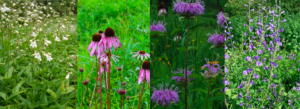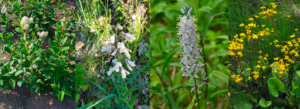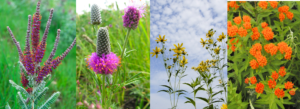Increasing Pollination in Your Veggie Garden with Companion Plants

Guest Post by Nicole Miller-Struttann, Ph.D., Associate Professor of Biology, Webster University
Many crop plants rely on local insects for pollination. While honeybees can be important pollinators in agricultural settings, wild bees are often better pollinators. That is good news in some ways, because it means you don’t need a honeybee hive to increase pollination. Indeed, there are a few simple ways you can help your local pollinators and increase pollination of your crop plants! Here, we provide a few recommendations of native plants that will attract and support native pollinators to your crop plants. More recommendations can be found on this GrowNative! handout.
Tomatoes, peppers, eggplants: These plants are buzz pollinated, meaning the pollinator has to shake the anthers just right in order for the pollen to fall out. Honeybees can’t buzz pollinate, so attracting native pollinators such as bumble bees, blueberry bees, and metallic green bees can help improve pollination.
Recommended companion plants pictured below: foxglove beardtongue, pale purple coneflower, wild bergamot, wild blue indigo

Strawberries, blackberries, raspberry: These flowers are open, with their nectar and pollen exposed, and are pollinated by many different native pollinators, including metallic green bees, sweat bees, mining bees, small carpenter bees, and mason bees.
Recommended companion plants: New Jersey tea, pale beard-tongue, wild hyacinth, ragworts

Squashes, cucumbers, zucchini, melons: These plants are all in the gourd plant family, which are pollinated by a specialist species (known as the squash bee) that feeds its young pollen from these plants alone. They are also pollinated by bumble bees, long-horned bees, and some sweat bees.
Recommended companion plants: leadplant, purple prairie clover, tall coreopsis, milkweed, sunflowers


